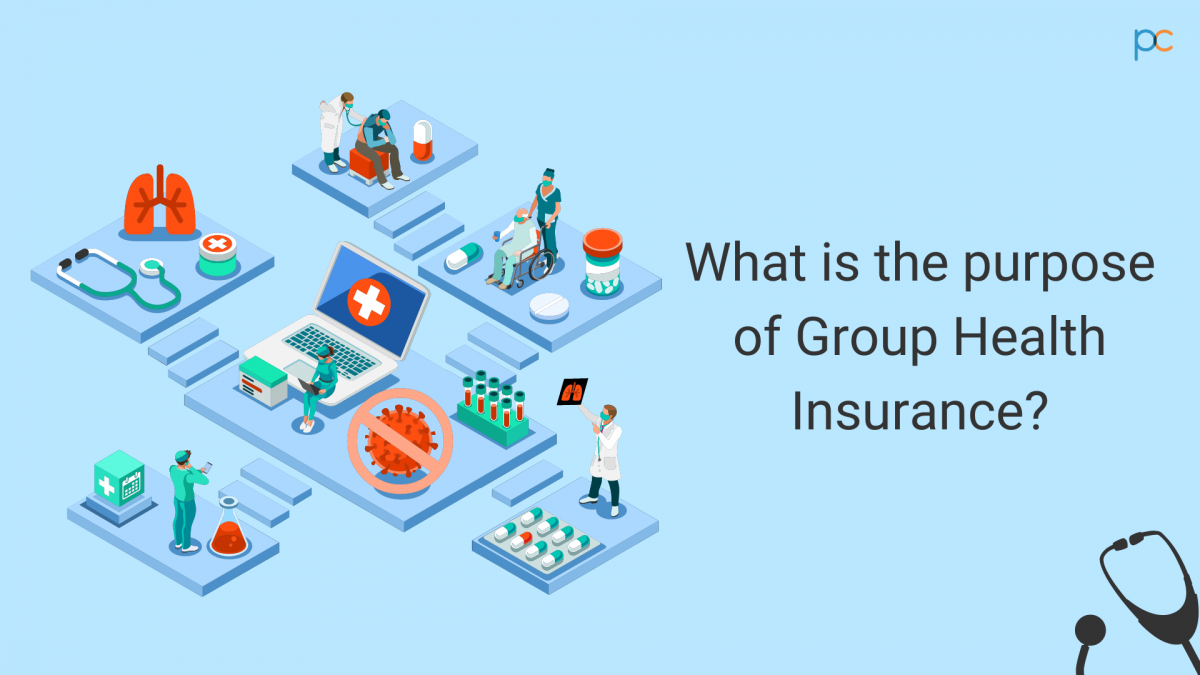4 Simple Techniques For Pacific Prime
4 Simple Techniques For Pacific Prime
Blog Article
Fascination About Pacific Prime
Table of ContentsIndicators on Pacific Prime You Should KnowHow Pacific Prime can Save You Time, Stress, and Money.Indicators on Pacific Prime You Need To KnowNot known Facts About Pacific PrimeThe Only Guide for Pacific Prime

This is due to the fact that the data were gathered for a duration of strong financial performance. Of the estimated 42 million individuals that were without insurance, almost concerning 420,000 (about 1 percent) were under 65 years of age, the age at which most Americans become eligible for Medicare; 32 million were adults between ages 18 and 65, around 19 percent of all adults in this age; and 10 million were kids under 18 years old, about 13.9 percent of all children (Mills, 2000).
These price quotes of the number of persons without insurance are produced from the annual March Supplement to the Current Population Study (CPS), performed by the Demographics Bureau. Unless or else noted, national quotes of people without health and wellness insurance coverage and percentages of the populace with various type of coverage are based on the CPS, one of the most extensively made use of resource of estimates of insurance policy coverage and uninsurance prices.
The 9-Minute Rule for Pacific Prime

Still, the CPS is particularly beneficial since it produces yearly estimates reasonably quickly, reporting the previous year's insurance policy protection estimates each September, and since it is the basis for a consistent collection of price quotes for even more than twenty years, enabling analysis of fads in insurance coverage in time. For these factors, in addition to the substantial use the CPS in various other studies of insurance coverage that exist in this record, we depend on CPS quotes, with limitations kept in mind.

The price quote of the number of without insurance people broadens when a population's insurance policy condition is tracked for numerous years. Over a three-year period starting early in 1993, 72 million people, 29 percent of the united state population, lacked insurance coverage for a minimum of one month. Within a single year (1994 ), 53 million individuals experienced a minimum of a month without coverage (Bennefield, 1998a)
6 out of every 10 uninsured grownups are themselves utilized. Although working does enhance the probability that a person and one's relative will have insurance, it is not a warranty. Also participants of households with two full time wage earners have nearly a one-in-ten possibility of being uninsured (9.1 percent without insurance price) (Hoffman and Pohl, 2000).
Facts About Pacific Prime Uncovered
New immigrants make up a considerable proportion of individuals without medical insurance. One evaluation has attributed a considerable section of the recent growth in the size of the U.S. without insurance populace to immigrants who arrived in the country between 1994 and 1998 (Camarota and Edwards, 2000). Current immigrants (those that came to the United States within the past 4 years) do have a high price of being uninsured (46 percent), but they and their kids represent just 6 percent of those without insurance policy across the country (Holahan et al., 2001).
The relationship between medical insurance and access to care is well developed, as documented later on browse around these guys in this phase. The relationship in between wellness insurance policy and wellness results is neither direct neither simple, a comprehensive clinical and health solutions study literary works links wellness insurance policy coverage to improved accessibility to care, far better high quality, and enhanced personal and populace health and wellness condition.
Degrees of evaluation for taking a look at the impacts of uninsurance. This discussion of medical insurance protection focuses primarily on the united state population under age 65 since essentially all Americans 65 and older have Medicare or other public insurance coverage. It focuses especially on those without any type of wellness insurance coverage for any length of time.
Fascination About Pacific Prime
The problems faced by the underinsured are in some areas comparable to those faced by the uninsured, although they are typically less extreme. Health and wellness insurance coverage, nevertheless, is neither required nor enough to get access to clinical services. The independent and direct result of health and wellness insurance protection on access to health services is well established.
Others will certainly acquire the health treatment they need also without wellness insurance coverage, by spending for it expense or seeking it from companies who supply care totally free or at very subsidized rates. For still others, medical insurance alone does not ensure invoice of care as a result of other nonfinancial barriers, such as an absence of healthcare companies in their area, limited accessibility to transportation, illiteracy, or etymological and cultural differences.
All About Pacific Prime
Formal research study concerning uninsured populaces in the United States dates to the late 1920s and early 1930s when the Board on the Cost of Treatment created a series of reports about funding medical professional workplace check outs and hospital stays. This concern ended up being salient as the varieties of clinically indigent climbed up throughout the Great Depression.
Report this page